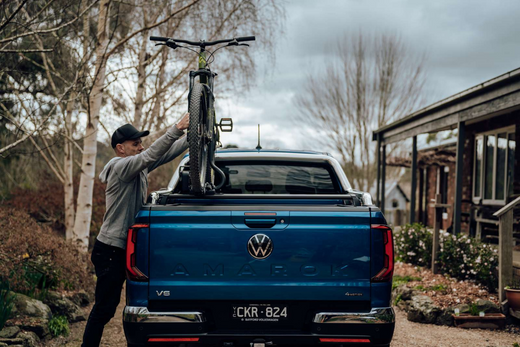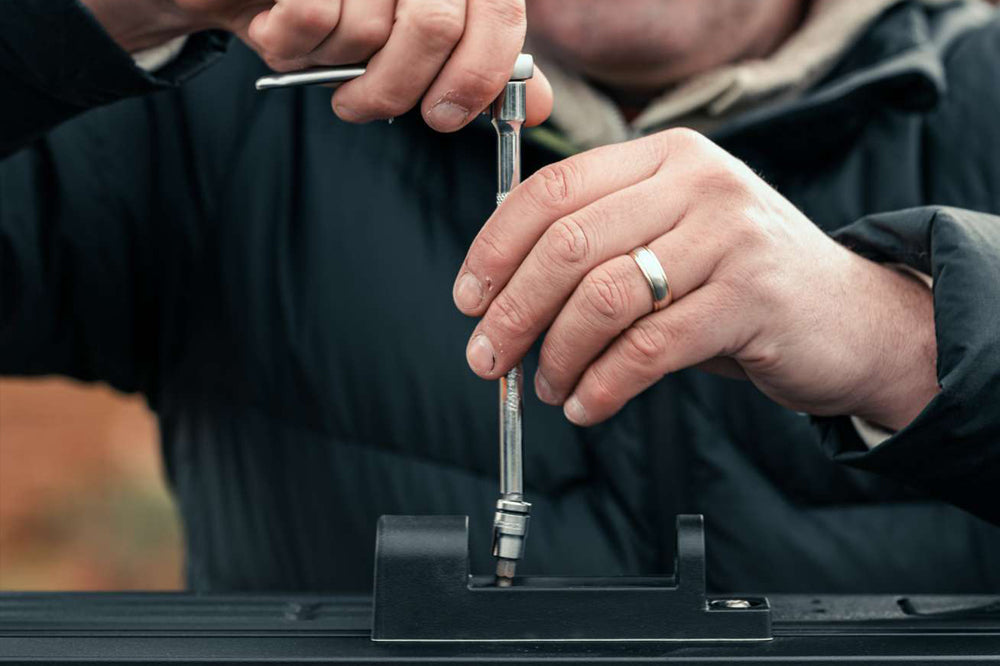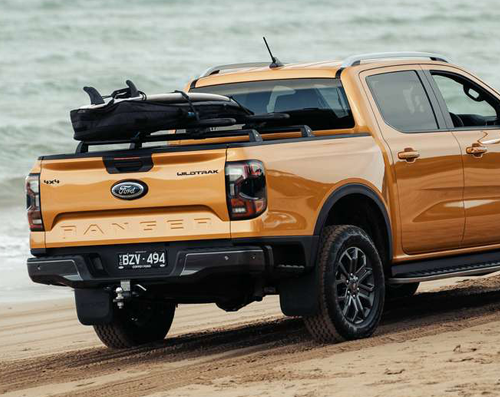
Bike Carrier Regulations State By State in Australia
Transporting bikes using a vehicle-mounted carrier is a popular choice for cyclists across Australia. Whether heading to a trail or enjoying a family outing, it’s essential to ensure your bike carrier setup complies with local laws. Regulations differ between states, and non-compliance can lead to fines, licence points, or safety risks.
This guide breaks down the regulations for bike carriers in each Australian state, helping you stay compliant and transport your bikes safely and legally.
National Guidelines and Common Requirements
While each state has unique rules, there are several national guidelines and best practices that all Australian motorists should follow when using a bike carrier:
1. Licence Plate Visibility
Australian laws require that your vehicle's licence plate remains visible at all times. If the bike carrier or bikes block the plate, you must install an auxiliary licence plate (e.g., NSW Transport Authority recommends auxiliary plates to avoid fines). These plates are available from your state’s transport authority and ensure proper identification of your vehicle.
2. Compliance with Load Limits
Your vehicle’s load limits - including the tow ball and roof rack weight capacities - must not be exceeded. Exceeding these limits can compromise vehicle safety and handling, increasing the risk of accidents.
3. Lighting and Reflectors
If the bike carrier obscures your vehicle's tail lights, brake lights, or indicators, additional lighting must be installed. Auxiliary lighting or reflectors are required to maintain visibility for other road users (as per Queensland’s Department of Transport guidelines). These ensure your vehicle remains visible to other drivers, especially in low-light conditions.
4. Overhang Restrictions
Most states restrict the distance your bikes can overhang from the rear of your vehicle. As a general guideline, ensure the bikes are securely fastened and not extending excessively beyond the vehicle’s dimensions.
5. Safety Best Practices
-
Use high-quality straps or locks to secure bikes firmly to the carrier.
-
Perform regular checks during your journey to ensure everything remains secure.
-
Avoid overloading your carrier; always adhere to the manufacturer’s specifications.
Tip: For the ultimate convenience and safety, RealTruck offers a range of accessories designed for secure and compliant transport.
State-by-State Regulations
New South Wales (NSW)
The NSW Department of Transport states that bike carriers must not obstruct the visibility of your vehicle’s licence plate or lights. If they do, you are required to use an auxiliary plate and attach additional lighting if necessary. The rear overhang must not exceed 60% of the vehicle’s wheelbase.
Penalties: Non-compliance can result in fines and demerit points (NSW Number Plate Requirements).
Victoria (VIC)
Vicroads mandates the use of auxiliary plates if your bike carrier blocks the rear licence plate. Reflectors or additional lighting are required for night use. Overhang regulations dictate that loads extending beyond the vehicle must have a warning signal if they project over a certain distance.
Penalties: On-the-spot fines are common for improper setups (VicRoads - Bike Carrier Regulations).
Queensland (QLD)
QLD requires unobstructed visibility of the licence plate and lights. Auxiliary plates and additional lighting are mandatory when these are obscured. The state also enforces restrictions on the number of bikes carried, depending on the type of carrier used.
Common Issues: Non-compliance often stems from overloaded carriers, so always check the weight limits of your setup (QLD Government).
South Australia (SA)
South Australia requires auxiliary plates and lighting if your bike carrier blocks the view of your rear licence plate or tail lights (SA Driving and Transport Regulations). The total length of the vehicle, including the overhang, must remain within legal limits.
Unique Rules: In urban areas, the height of the carrier and bikes may be subject to restrictions to avoid damage to low-clearance structures.
Western Australia (WA)
In WA, bike carriers must comply with licence plate and lighting visibility requirements. Overhang limits apply to ensure safety on the roads. Auxiliary plates are a must if the original plate is obstructed (WA Road Safety Guidelines).
Recommendations: Use a ute tub rack system to manage bike storage more efficiently while ensuring compliance.
Tasmania (TAS)
Tasmania’s regulations for the use of bike carriers align closely with national guidelines. Licence plates and lights must remain visible; otherwise, auxiliary plates and additional lighting are required. The carrier’s weight and dimensions must comply with the vehicle’s specifications.
Enforcement: Regular checks are conducted, especially during peak travel seasons.
Northern Territory (NT)
The NT has similar rules to other states, requiring visible licence plates and lights. Auxiliary plates and reflectors are mandatory for setups that obscure these features. Overhang restrictions ensure the carrier does not compromise vehicle safety (NT Driving and Transport).
Tip for Travelers: Cross-border compliance is crucial, so ensure your setup adheres to NT and neighbouring states’ regulations.
Australian Capital Territory (ACT)
In the ACT, the bike carrier must not obstruct the view of the vehicle’s licence plate or lights. Auxiliary plates and lighting are required in cases of obstruction. Urban-specific rules may apply in certain areas, particularly regarding carrier height (Transport Canberra).
Compliance Note: Double-check your setup if travelling into NSW, as ACT and NSW regulations are closely monitored.
Conclusion: Stay Informed and Travel Safely
Understanding and adhering to bike carrier regulations is essential for safe and legal travel across Australia. Non-compliance can result in costly fines, demerit points, or even safety hazards.
By following this guide and staying up to date on local laws, you can enjoy worry-free bike transport no matter where your adventures take you. Stay safe, travel responsibly, and make the most of your cycling adventures!
Sources:
-
NSW: NSW Transport - Auxiliary Plates & NSW Number Plate Requirements
-
QLD: QLD Government Website & QLD Transport - Bike Carrier Guidelines
-
ACT: ACT Bike Rack Safety

